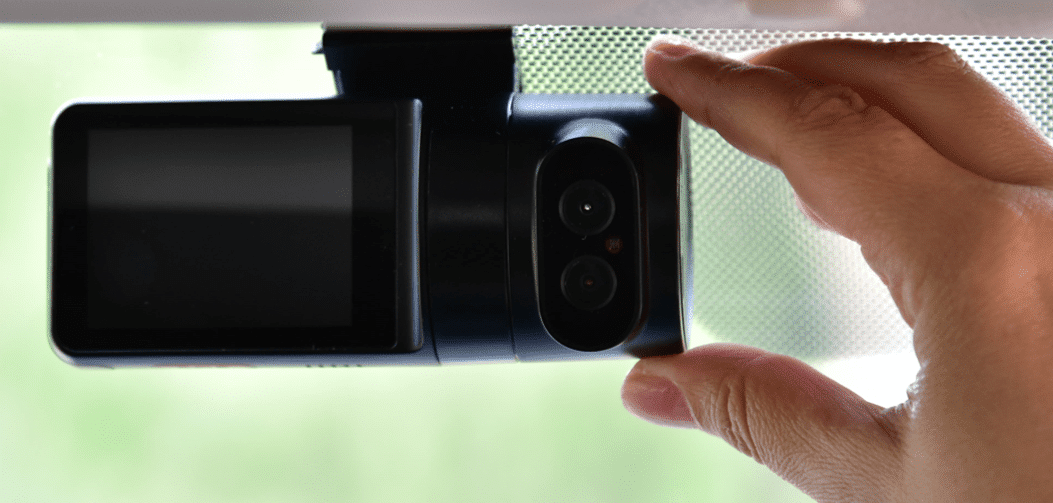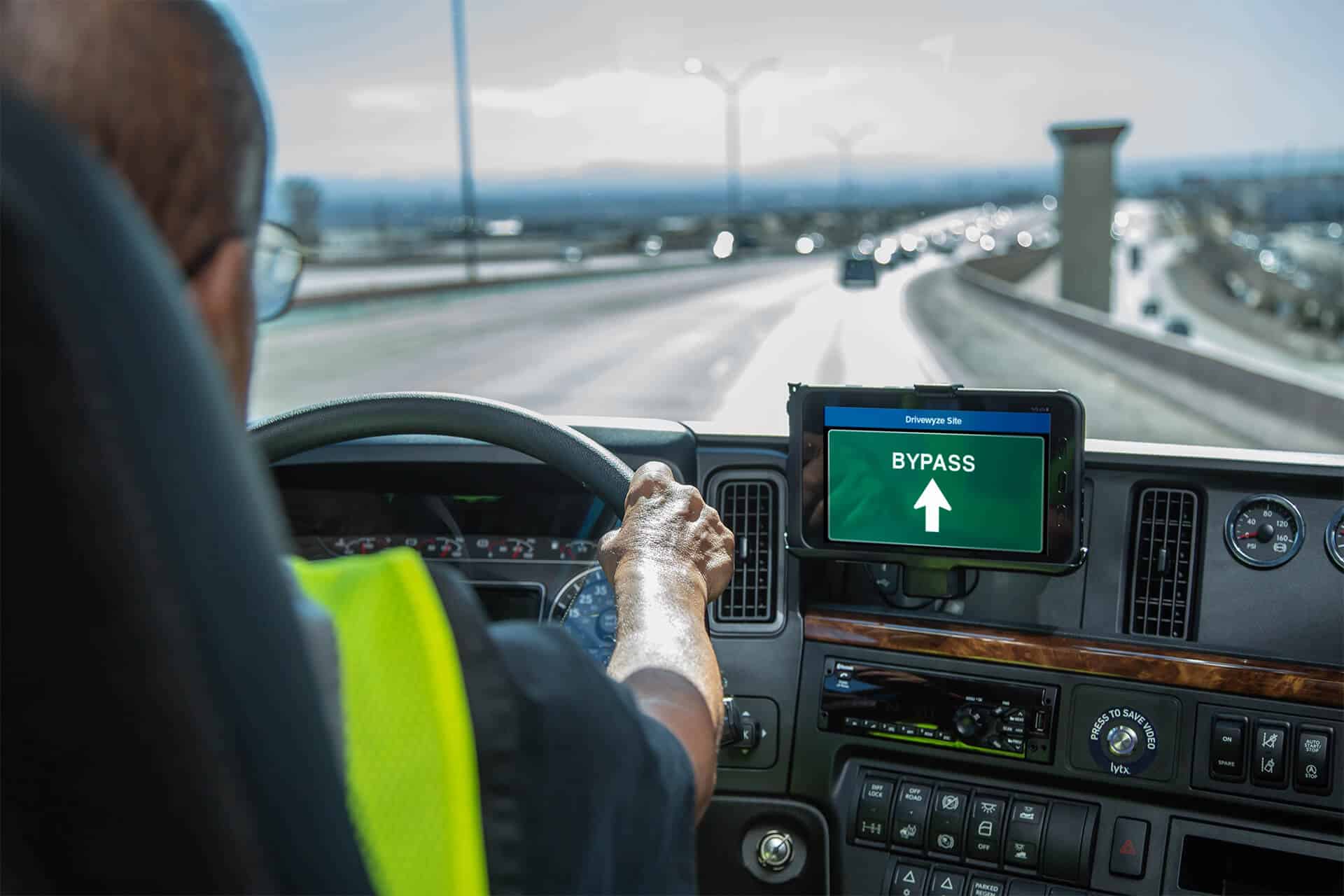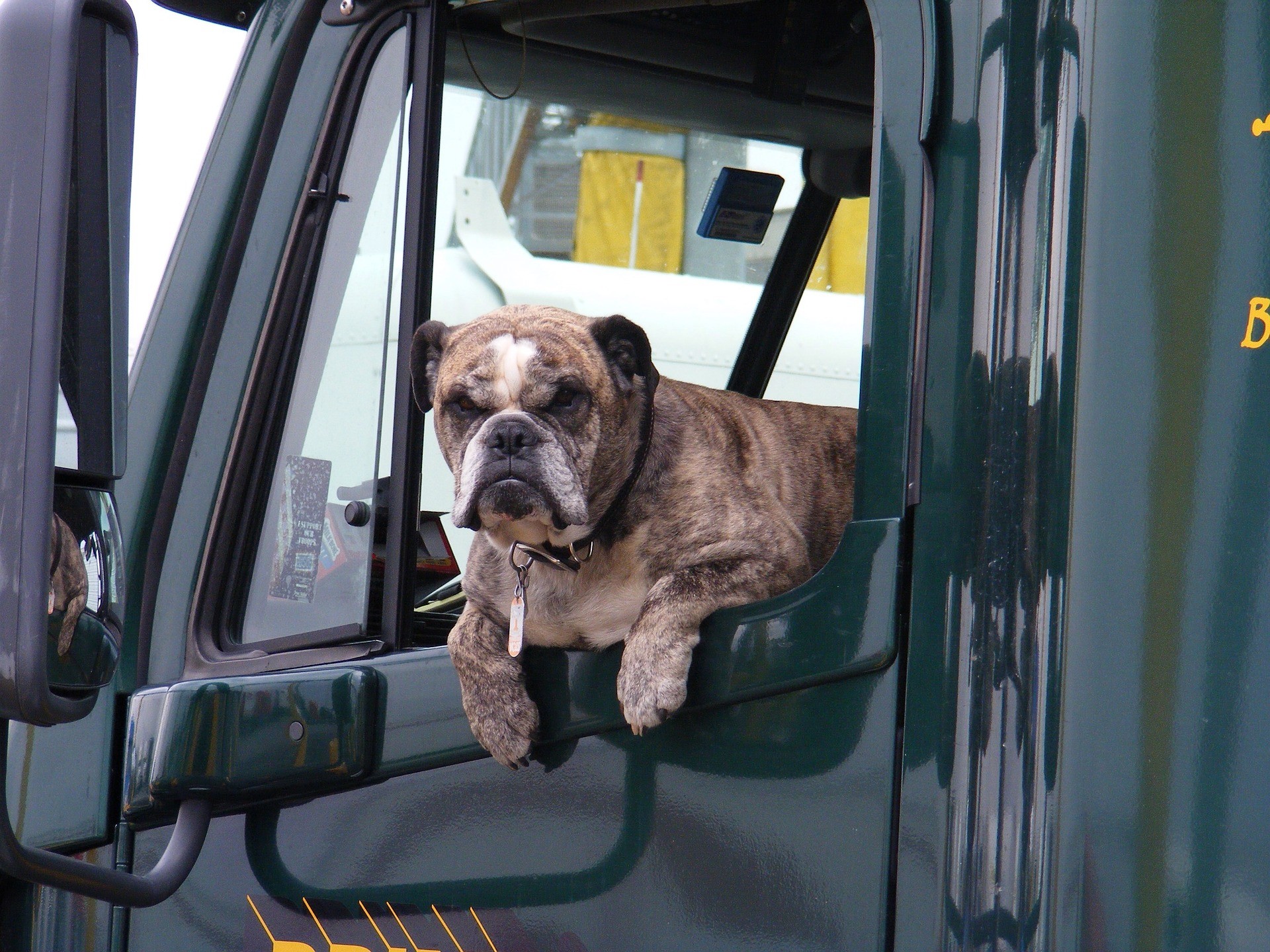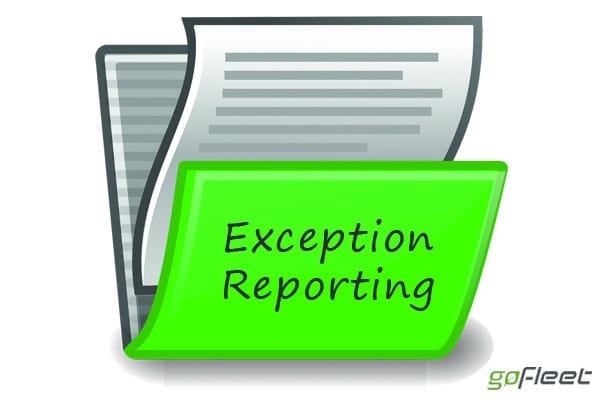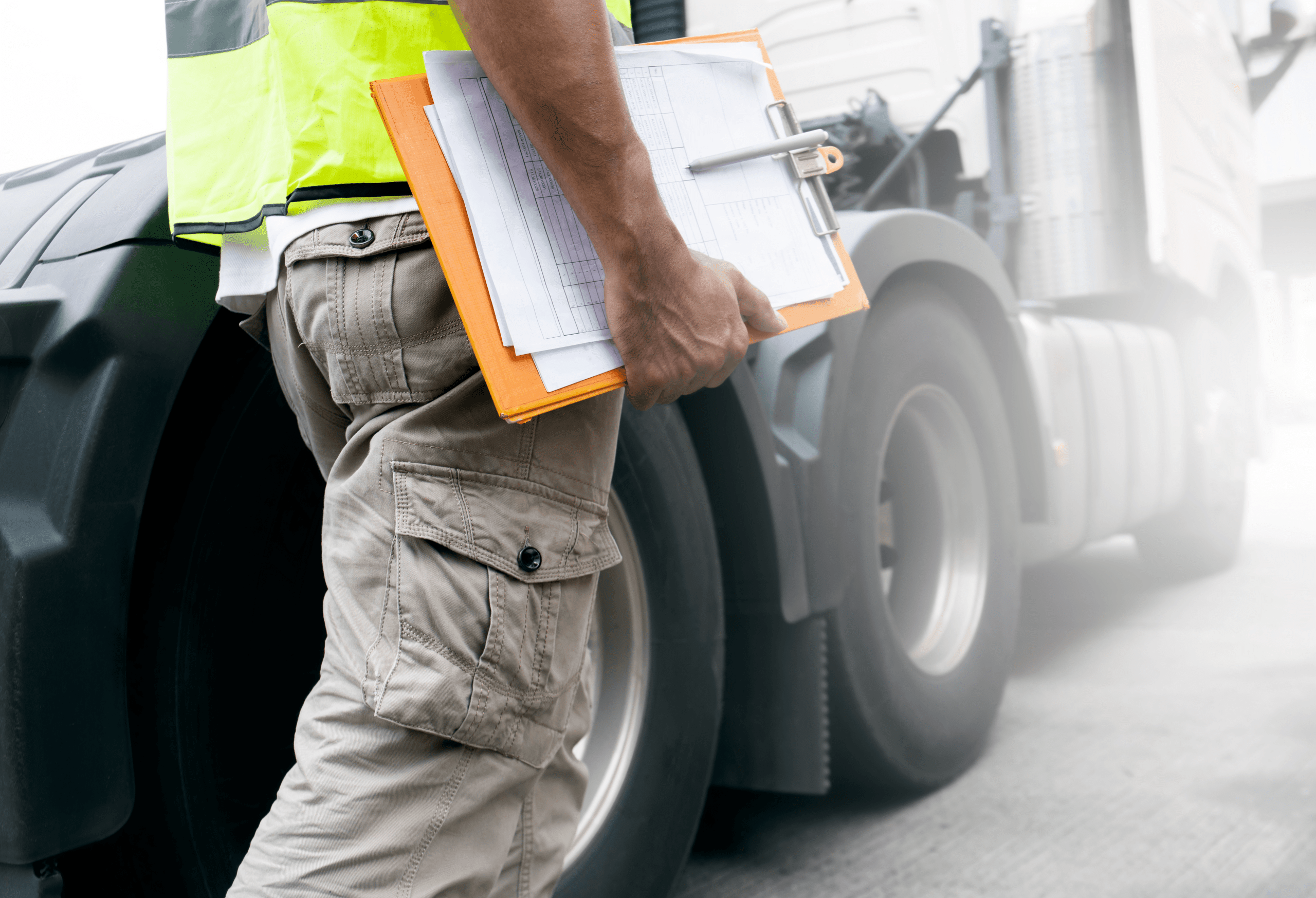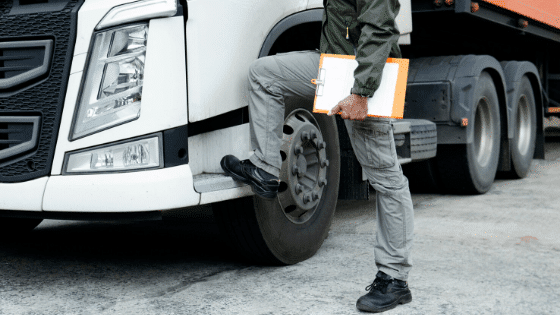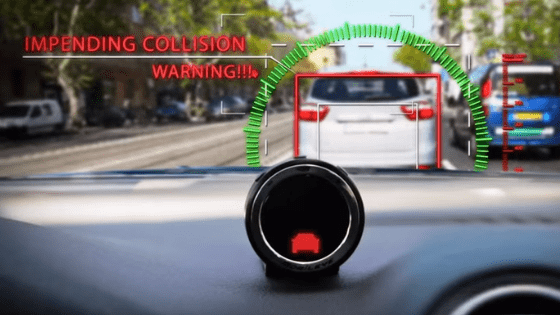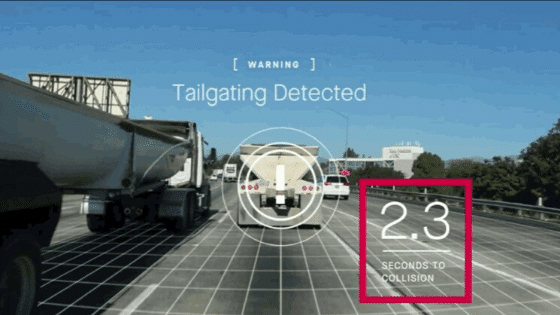Generally speaking, commercial dash cams are well-suited to answering “when” and “where” questions around accidents or other incidents involving your vehicles. When paired with a top-tier telematics platform, your dash cam system can provide a deeper dive, answering the “why’s” and “how’s” of driving behaviour on the road. Dash cams ensure and improve safety for drivers and vehicles, while providing...
January 22, 2021
Burhanuddin
When productivity and efficiency is addressed in fleets, typically attention is never brought to key management. However, with keys being easy to misplace and hard to manage, there is a lack of efficiency that often goes unnoticed. With the introduction of keyless entry with Geotab Keyless, the management process will be simplified as fleets will embrace more freedom with keys...
December 1, 2020
Victoria Gole
As businesses round up the year, it’s the perfect time for teams to perform a review of business operations. This allows management to see what processes and projects are working towards their long-term goals and how their finances stack up. When it comes to fleets, the process is no different. However, in addition to reviewing processes and projects, it’s critical...
October 23, 2020
Victoria Gole
Long haul trucking is often perceived as a lonely job as commercial truck drivers drive long hours to deliver goods over the course of hours, days or even weeks. With the monotony and morale being important concerns, many fleets are looking at how they can make long haul trucking a little more enjoyable. One of the best ways to alleviate...
In any industry, workplace safety is of critical importance. Industries where contract workers are hired by authoritative management corporations to complete tasks in dangerous sectors, often find themselves looking at how they can improve safety measures. As many tasks in these fields require the use of heavy machinery or the movement of large and hazardous items - many are looking...
September 25, 2020
Victoria Gole
Generate reports based on Exception Rules Understanding where and when an issue arises with your vehicle can be made simple by creating rules within your solution. Fleet managers are capable of setting specific fleet standards (rules) within the database, these standards can then act as a benchmark to effectively manage and improve on road driver behaviours. Therefore, when a vehicle...
August 31, 2020
Victoria Gole
On August 10, 2020, the Commercial Vehicle Safety Alliance (CVSA) announced that their International Roadcheck is rescheduled. The new date announced was September 9 - 11, 2020. Since this date is quickly approaching, it is critical for all commercial vehicles on the road to reassess and ensure compliance with federal regulations. As many fleets are just beginning to return to...
As the world changes, businesses must react quickly in order to remain profitable. While this may be assumed, many still question how this should be done, especially within the commercial transportation sector. Below we discuss how in times of crisis, business owners must take extra precautions when managing a fleet during a crisis as regulations, demands and technologies are all...
When businesses require a fleet of vehicles to move their products from one location to another, it’s critical that they are focusing on promoting safety while on the road. When they are not doing this, sometimes drivers can accidentally drive in dangerous ways. Putting everyone on the road around them at risk. With technology improving to boost safety and reduce...
Within fleets, technology continues to advance and as a result, drive new benefits. These safety benefits don’t only keep drivers and others safe on the road, but can in fact lower excess costs related to accidents or other driving incidents. At the moment, Advanced Driver Assistance Systems (ADAS) are extremely useful and are only growing in popularity as the technology...
